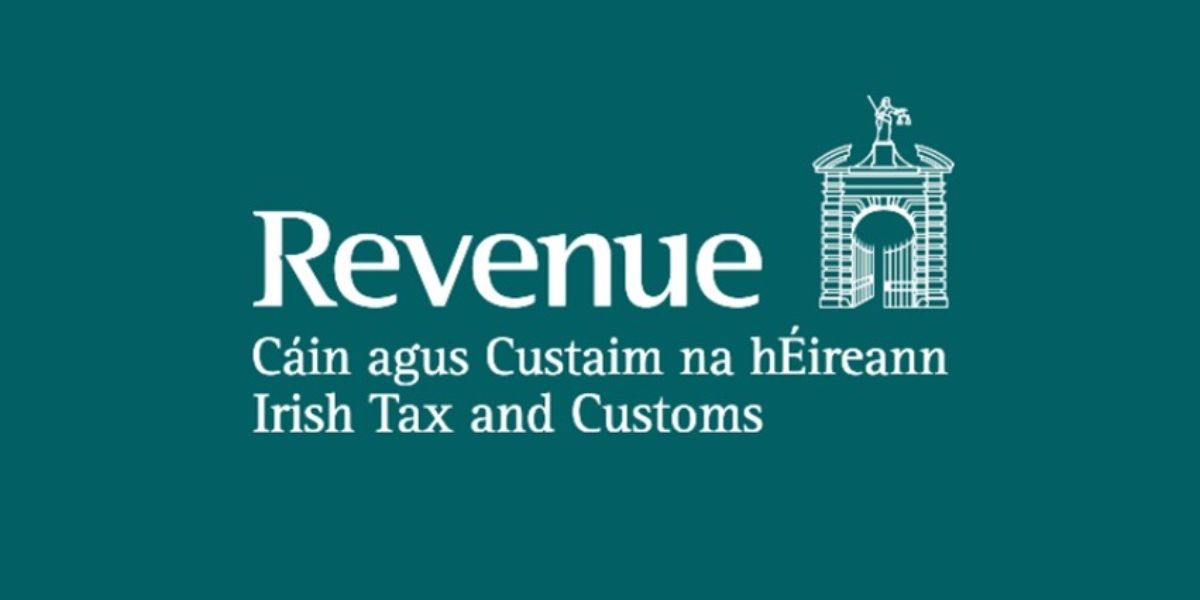Irish Revenue has published eBrief No. 085/25 on 16 April 2025, introducing a new Tax and Duty Manual Part 33-02-03, which offers guidance on the general anti-avoidance rule and the use of protective notifications.
This manual provides guidance on the general anti-avoidance rule contained in section 811C1 . It sets out the implications of entering into a ‘tax avoidance transaction’, within the meaning of section 811C, and what you can do if you enter into, or have entered into, a transaction that you are concerned may be a ‘tax avoidance transaction’.
This manual also provides an outline of how interest and the tax avoidance surcharge can arise, together with details of how a taxpayer can make a protective notification and the benefits it can provide.
This manual applies to transactions which commenced after 23 October 2014. If a taxpayer is implementing a transaction that relies on ordinary tax planning using standard statutory exemptions and reliefs in a routine fashion for bona fide commercial purposes, as intended by the legislature, it is unlikely that the transaction will be a ‘tax avoidance transaction’.
Scope of the General Anti-Avoidance Rule (GAAR)
The GAAR applies to a ‘tax avoidance transaction’ involving any of the taxes which are covered by section 811C. Those taxes are: Income Tax, Corporation Tax, Capital Gains Tax, the Universal Social Charge, Value Added Tax, Capital Acquisitions Tax and Stamp Duties. It does not encompass, for example, PRSI, Excise or Customs Duties. Sections 811C and 811D only apply to a transaction which was commenced after 23 October 2014. If the transaction was commenced on or before that date, sections 811 and 811A have application.













